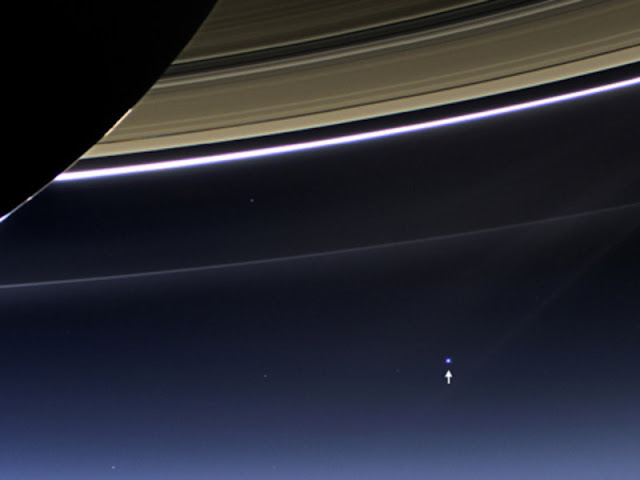Un aereo da 90 milioni di dollari non è in grado di ignorare il segnale emesso dal mio iPod da 40 dollari?

So you're saying a $90 million dollar aircraft can't ignore the signal from my $40 iPod Shuffle? That's weird... Quindi lei sta dicendo che un aereo da 90 milioni di dollari non è in grado di ignorare il segnale che provenie dal mio iPod da 40 dollari? È strano... All electronic devices HAVE to be turned off!! Tutti gli apparati elettronici DEVONO essere spenti!! CollegeHumor's Favorite Funny Videos Why Can't You Use Phones on Planes? (College Humor, August 5, 2013) Perché ancora non possiamo usare il cellulare in aereo? (Panorama.it 19 Dicembre 2012) Usare il cellulare in aereo è davvero pericoloso? (Elettronica Open Source, 7 Febbraio 2011)






